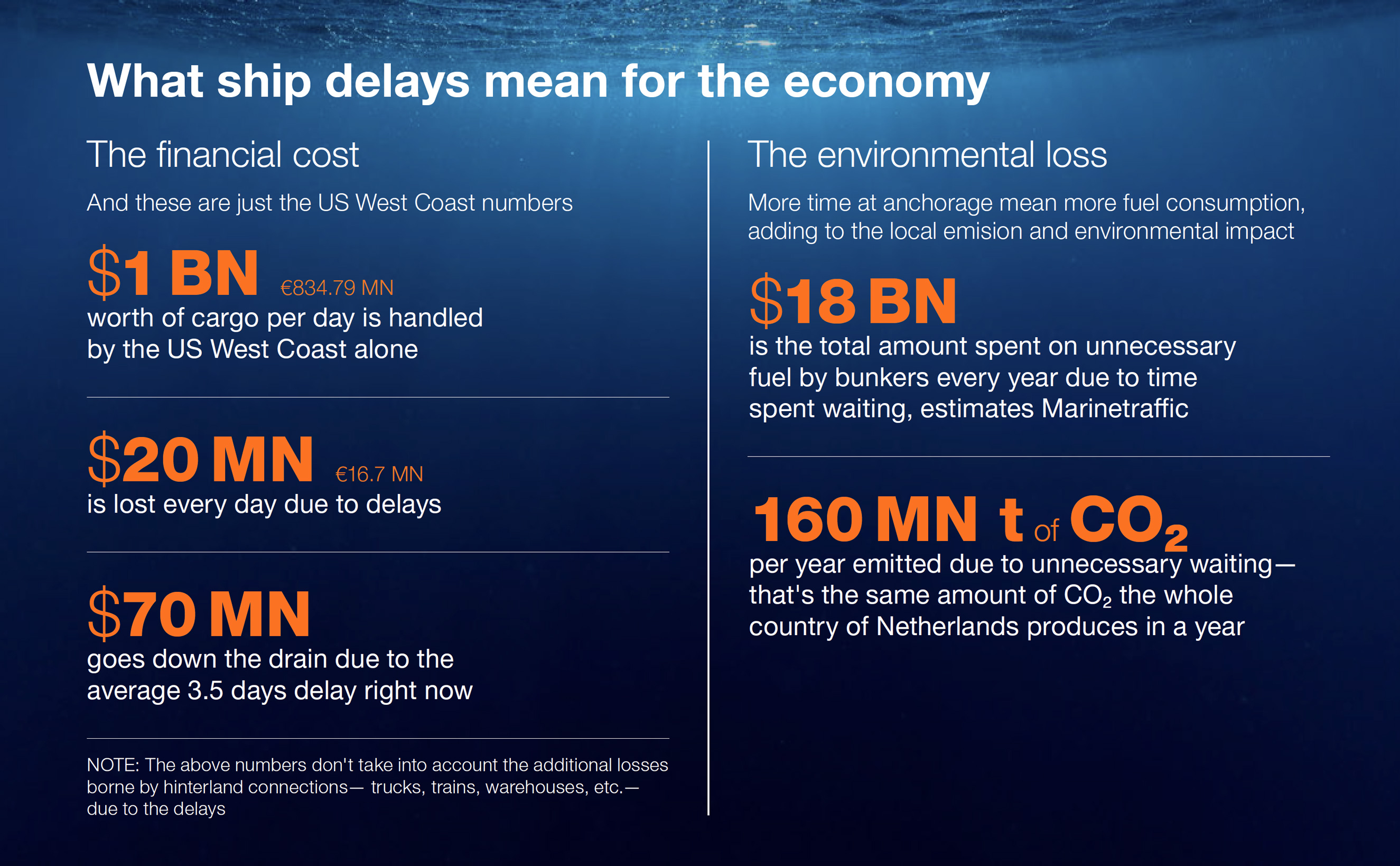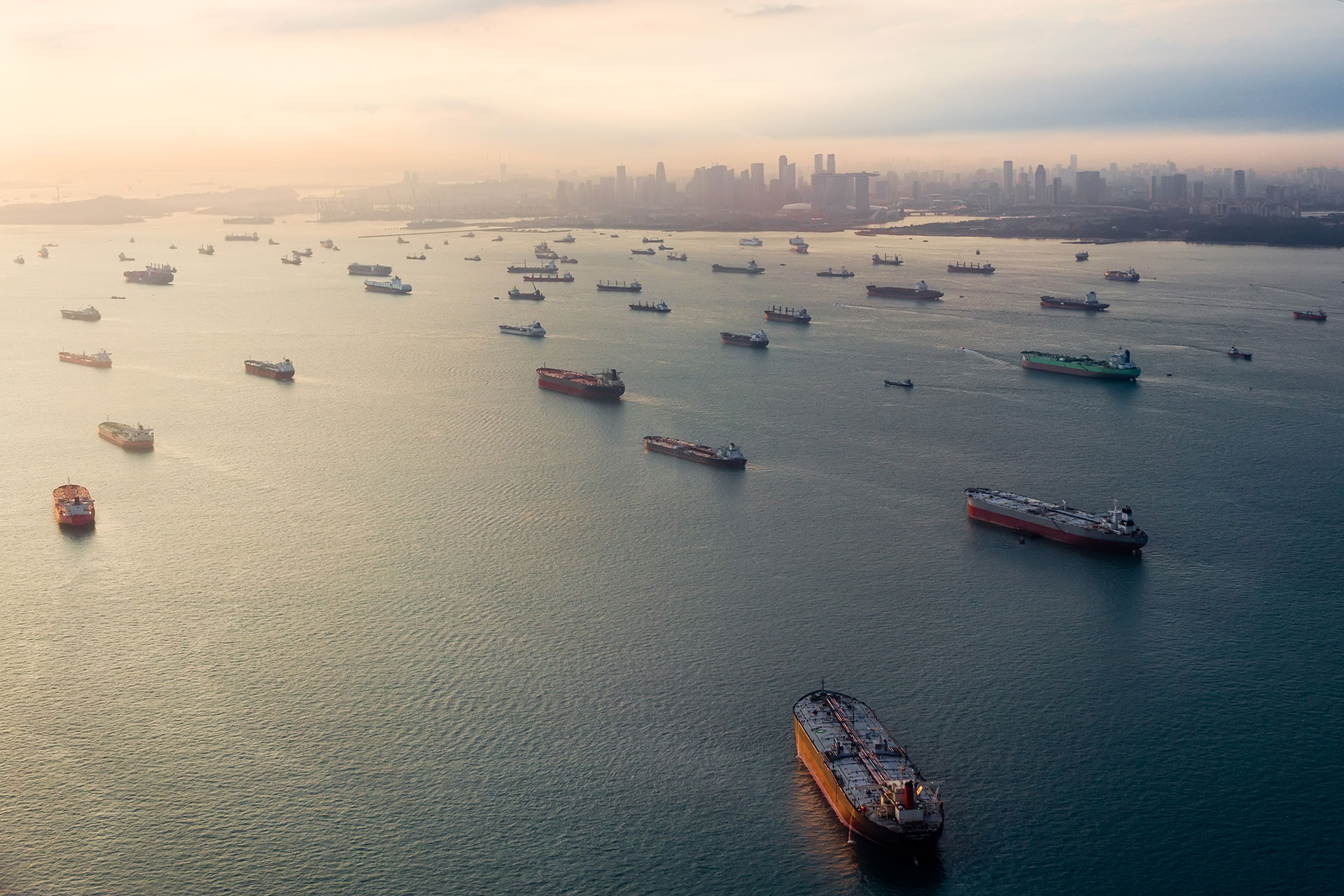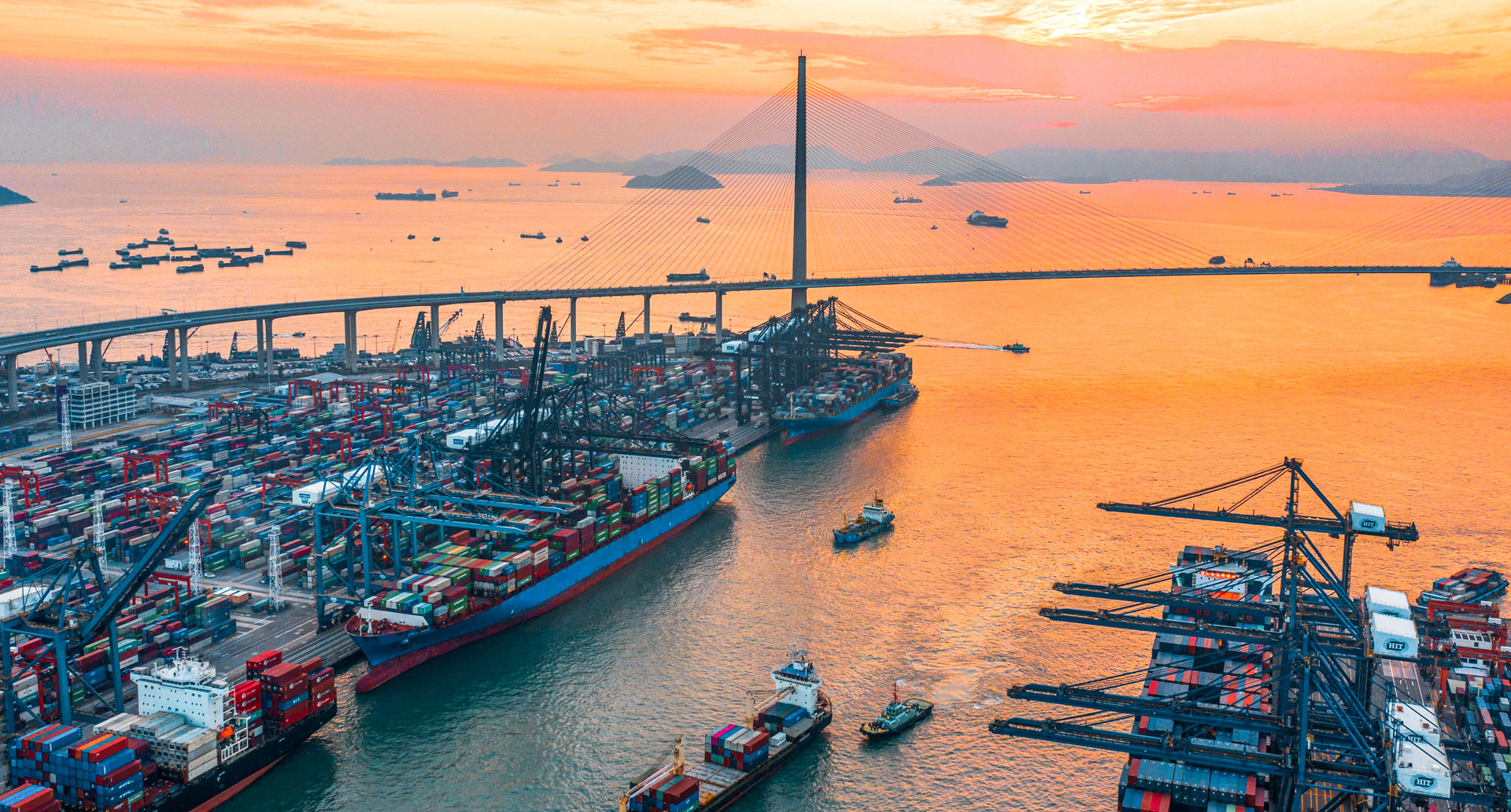Introduction
Average Waiting time
for vessels world over





4 to 5 days in Europe







5 to 7 days in Asia









7 to 9 days in some UK ports













































28 to 45 days in the US‑West Coast
Sources: TradeWinds, S&P Globals
Imagine if airplanes were asked to hover and wait in the air for days because airports were too congested. Unthinkable, right?
Now imagine a ship, that carries 18,000 20-foot containers and has an engine-power of eleven Boeing 747-400 jumbo jets, is asked to wait for close to a week before being given a berth.
It’s not just the Suez Canal blockage earlier this year or the latest news on some 100-something cargo ships circling outside the US West Coast. Enormous vessels carrying goods worth millions have been getting stuck for days in floating traffic jams outside almost all major harbours ever since the pandemic began last year. From Singapore, Europe to South California — all seaports are congested worldwide.
Vessels in Asia have a waiting time of 5 to 7 days, while congestion and delays on the US West Coast have almost tripled year-on-year in 2021.
And shipping containers, the modest workhorse that once galvanised globalisation, is at the centre of this storm.
.jpg?sfvrsn=f0949544_2)
Here’s what happened
When the lockdowns began last year, you and I started filling our homes with office furniture and turned our living rooms into make-shift gyms. This set off a surge in orders from factories across the world.
To paint the macro picture, global online sales jumped 24% (the highest jump in history), while the retail sector saw a whopping 48% increase. Incidentally, 90% of this trade is carried by sea, transported in massive metal boxes stacked on top of one another by gigantic ships across oceans.
On top of that, the covid restrictions limited dockworkers and other supply chain personnel, adding to the congestion across all nodes in the global logistic chain (including inland waterways, road transport, depots and warehouses).
A double whammy!




